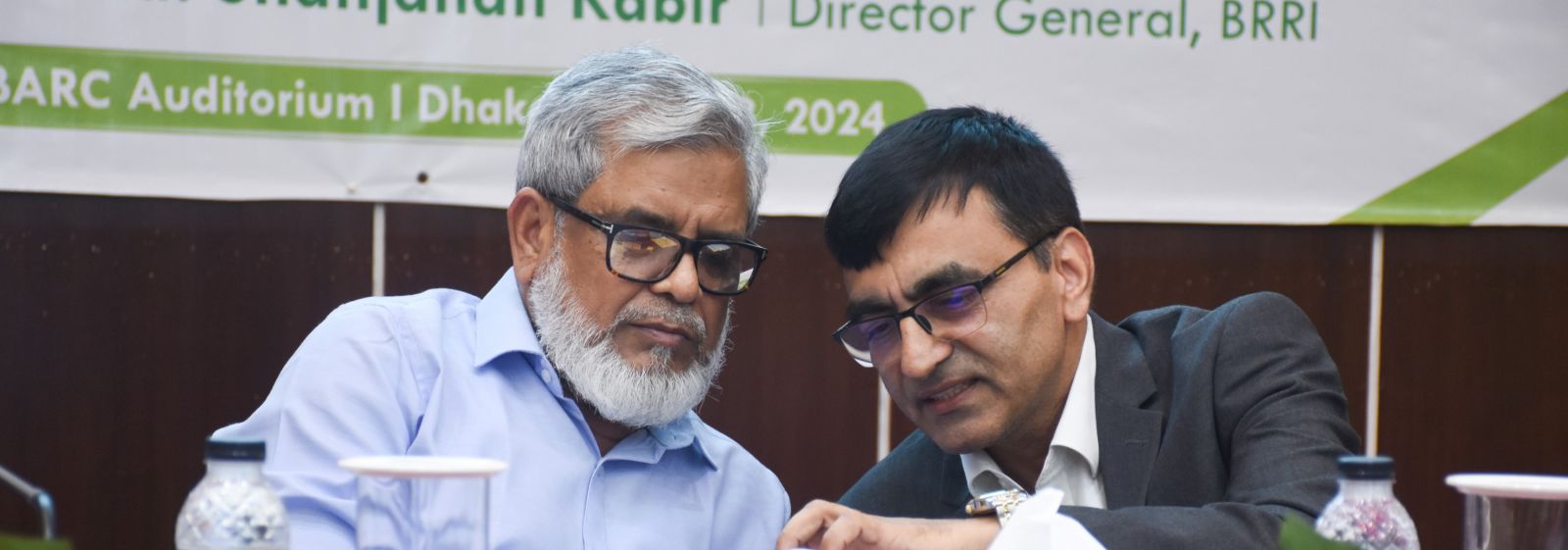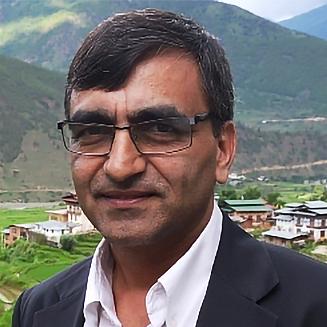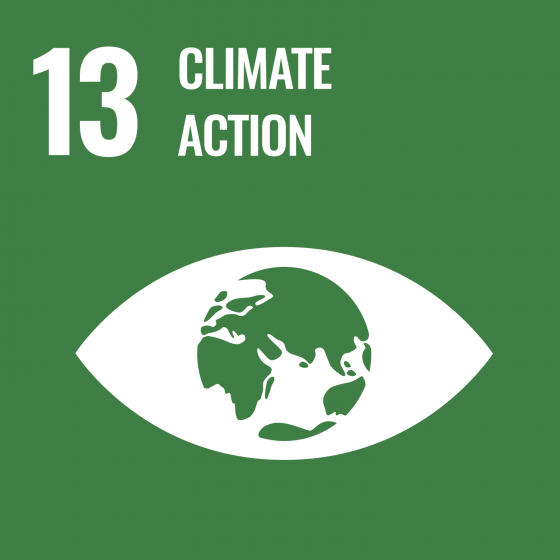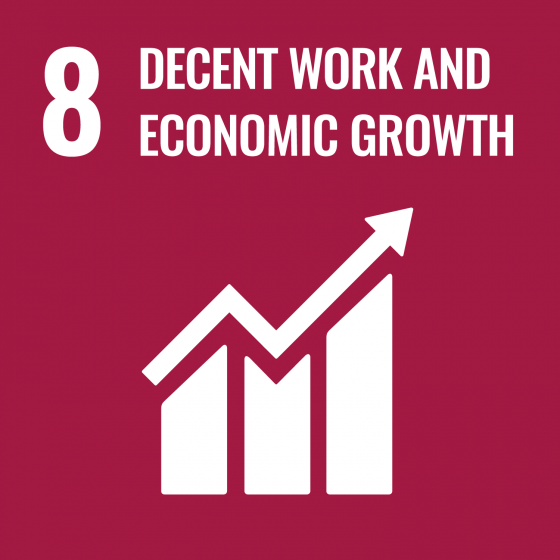
Background
The Haor Region in northeastern Bangladesh is a unique wetland ecosystem characterized by bowl-shaped lowlands that flood during the monsoon season and become cultivable in the dry season. Home to over 1.6 million people, many depend on Boro rice farming and aquaculture for their livelihoods. However, the region faces severe challenges, including climate variability, flash floods, limited livelihood diversity, and weak market connectivity, all threatening agricultural sustainability.
Farmers primarily rely on outdated rice varieties like BRRI dhan28 and dhan29, which are vulnerable to pests and climate change. Combined with poor crop management, limited mechanization, and access to quality seeds, this leads to low productivity. Labor shortages during peak seasons also increase crop loss risks due to early floods.
There is also a lack of institutional support and financial resources, making it harder for farmers—especially women and youth—to innovate and access fair markets. To address these challenges, the Climate Smart Rice Value Chain (CS-RVC) project, funded by HSBC and implemented by IRRI, aims to transform rice farming in the region through climate- smart solutions, mechanization, and strategic partnerships. Ultimately, it seeks to enhance productivity, sustainability, and resilience, improving food security and livelihoods in this climate-sensitive area.
Objectives
The CS-RVC Project aims to transform the rice value chain in the Haor region with the following objectives:
- Increase productivity, profitability, and resilience of the rice value chains in the Haor Region
- Promote sustainable and climate-smart practices in rice production systems in the Haor Region
- Increase mechanization in rice production systems in the Haor Region
- Increase awareness and knowledge on rice-based innovations in the Haor Region
- Develop agri-entrepreneurship with emphasis on women, youth, and ethnic minorities in the Haor Region.




